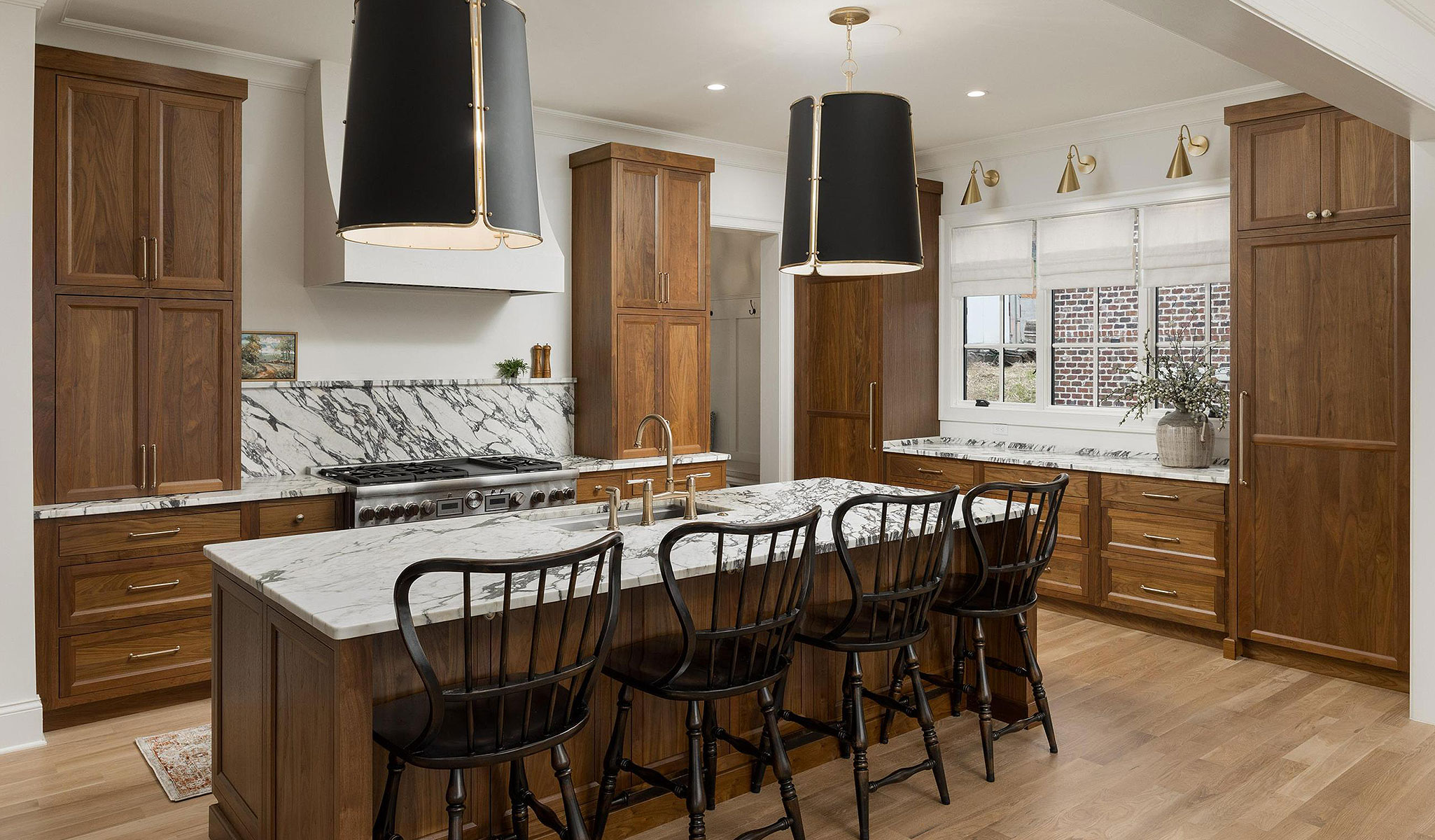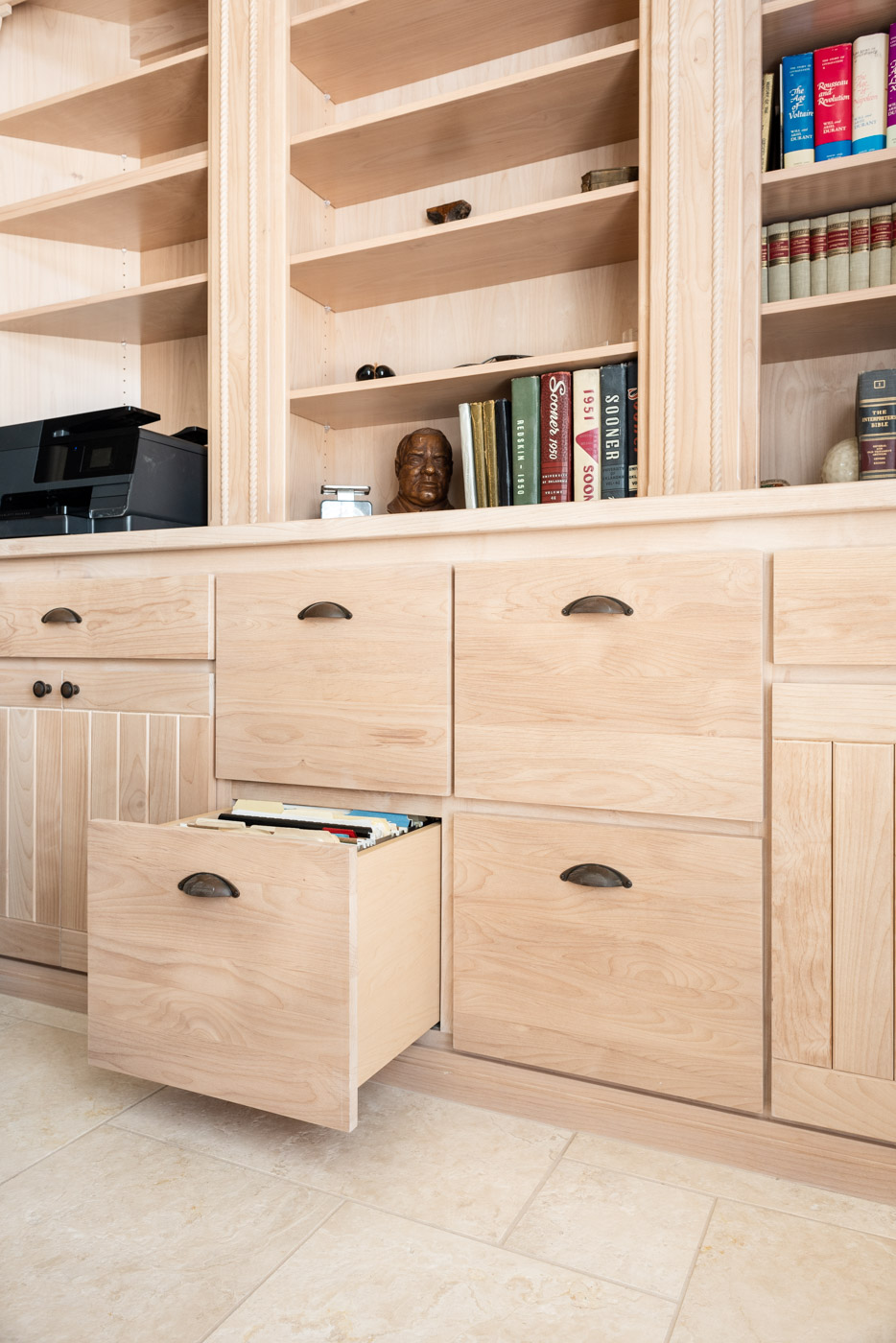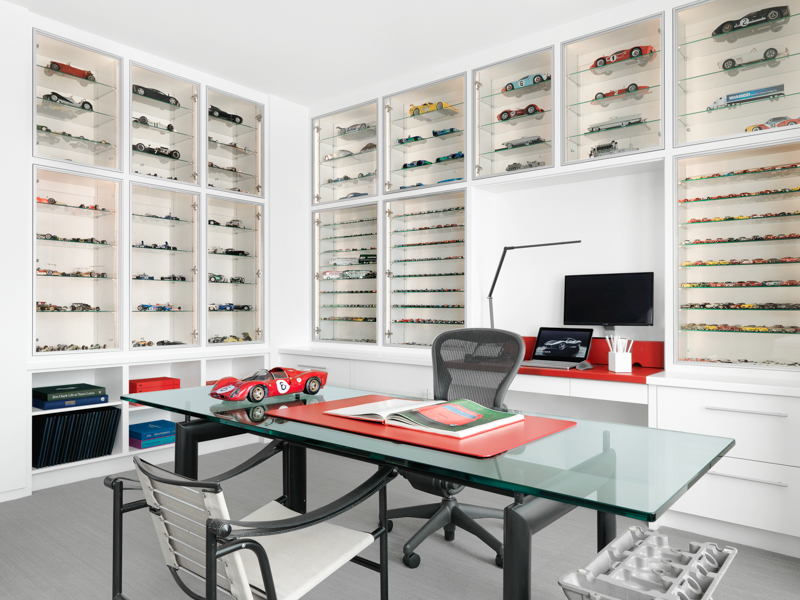All Categories
Featured
In home design, door placement commonly takes a backseat to larger building decisions, yet it plays a pivotal role in shaping exactly how a house feels and functions. Proper door placing makes certain that areas are effective, visually pleasing, and for a comfortable way of living. Here's an extensive take a look at the science behind door placement and why it is entitled to even more attention in the design process.
Doors are the portals that link one area to another, and their placement must help with seamless activity throughout the home.
Secret Factors To Consider:
Logical Pathways: Setting doors to align with all-natural web traffic patterns. A kitchen door ought to give direct accessibility to the dining area to streamline everyday routines.
Minimizing Obstacles: Avoid putting doors where furniture or architectural components might block their swing or produce bottlenecks.
Transitions: Usage doorways to note shifts in between personal and public locations, such as hallways causing rooms.
The positioning of doors can substantially influence exactly how light and air circulate within a home, adding to its total atmosphere and energy performance.
Positioning Strategies:
Cross-Ventilation: Location doors other openings or contrary windows to promote airflow, especially in warm environments.
Sunlight Optimization: Consider the orientation of outside doors to capture morning or afternoon light, brightening interiors naturally.
Glass Doors: Make Use Of doors with glass inserts to enable light to filter through, boosting brightness in adjacent rooms.
Calculated door placement is crucial for maintaining privacy in essential locations without endangering access.
Best Practices:
Bedrooms and Bathrooms: Position these doors away from high-traffic areas like living kitchen areas or areas to develop a feeling of hideaway.
Guest Locations: For homes with visitor suites, doors ought to give both simple accessibility and personal privacy for visitors.
Key Entry: The front door must provide direct accessibility to typical areas without revealing as well much of the home's inside.
Beyond capability, doors play a significant role in the visual comprehensibility of a space. Their placement and style ought to enhance the home's aesthetic allure.
Style Tips:
Balance and Equilibrium: Align doors symmetrically in common areas like hallways to develop a feeling of order.
Focal Points: Use grand entrance doors or one-of-a-kind layouts as aesthetic highlights.
Consistency: Match door styles and coatings across the home for a natural look.
Door placement can affect a home's energy efficiency by controling heat flow and insulation.
![]()
Energy-Saving Methods:
Shielded Doors: Usage well-insulated outside doors to decrease power loss.
Wind Security: Setting primary doors away from prevailing wind instructions or make use of vestibules to decrease drafts.
Zoning: Use doors to section off areas of the home for targeted home heating or air conditioning.
![]()
In many cultures, the placement of doors carries symbolic significance and can affect exactly how a home is perceived.
Examples:
Feng Shui: In this custom, the front door's positioning influences the circulation of "chi" or power, with standards highlighting openness and equilibrium.
![]()
Directional Positioning: In Vastu Shastra, an ancient Indian design philosophy, door alignment is believed to impact prosperity and consistency.
Entry Statements: Grand entries or elaborately designed doors can indicate warmth and hospitality.
Final Ideas
Door placement is both an art and a scientific research. Thoughtful placing guarantees that homes are not only useful yet additionally unified and inviting. By taking into consideration spatial circulation, all-natural light, personal privacy, and cultural variables, home owners and designers can create rooms that feel instinctive and well balanced. When prepared correctly, doors come to be extra than simply entrance factors; they form the whole living experience.
- Enhancing Spatial Flow
Doors are the portals that link one area to another, and their placement must help with seamless activity throughout the home.
Secret Factors To Consider:
Logical Pathways: Setting doors to align with all-natural web traffic patterns. A kitchen door ought to give direct accessibility to the dining area to streamline everyday routines.
Minimizing Obstacles: Avoid putting doors where furniture or architectural components might block their swing or produce bottlenecks.
Transitions: Usage doorways to note shifts in between personal and public locations, such as hallways causing rooms.
- Optimizing Natural Light and Ventilation
The positioning of doors can substantially influence exactly how light and air circulate within a home, adding to its total atmosphere and energy performance.
Positioning Strategies:
Cross-Ventilation: Location doors other openings or contrary windows to promote airflow, especially in warm environments.
Sunlight Optimization: Consider the orientation of outside doors to capture morning or afternoon light, brightening interiors naturally.
Glass Doors: Make Use Of doors with glass inserts to enable light to filter through, boosting brightness in adjacent rooms.
- Balancing Personal Privacy and Availability
Calculated door placement is crucial for maintaining privacy in essential locations without endangering access.
Best Practices:
Bedrooms and Bathrooms: Position these doors away from high-traffic areas like living kitchen areas or areas to develop a feeling of hideaway.
Guest Locations: For homes with visitor suites, doors ought to give both simple accessibility and personal privacy for visitors.
Key Entry: The front door must provide direct accessibility to typical areas without revealing as well much of the home's inside.
- Visual Assimilation
Beyond capability, doors play a significant role in the visual comprehensibility of a space. Their placement and style ought to enhance the home's aesthetic allure.
Style Tips:
Balance and Equilibrium: Align doors symmetrically in common areas like hallways to develop a feeling of order.
Focal Points: Use grand entrance doors or one-of-a-kind layouts as aesthetic highlights.
Consistency: Match door styles and coatings across the home for a natural look.
- Energy Effectiveness Considerations
Door placement can affect a home's energy efficiency by controling heat flow and insulation.

Energy-Saving Methods:
Shielded Doors: Usage well-insulated outside doors to decrease power loss.
Wind Security: Setting primary doors away from prevailing wind instructions or make use of vestibules to decrease drafts.
Zoning: Use doors to section off areas of the home for targeted home heating or air conditioning.

- Symbolic and social Influences
In many cultures, the placement of doors carries symbolic significance and can affect exactly how a home is perceived.
Examples:
Feng Shui: In this custom, the front door's positioning influences the circulation of "chi" or power, with standards highlighting openness and equilibrium.

Directional Positioning: In Vastu Shastra, an ancient Indian design philosophy, door alignment is believed to impact prosperity and consistency.
Entry Statements: Grand entries or elaborately designed doors can indicate warmth and hospitality.
Final Ideas
Door placement is both an art and a scientific research. Thoughtful placing guarantees that homes are not only useful yet additionally unified and inviting. By taking into consideration spatial circulation, all-natural light, personal privacy, and cultural variables, home owners and designers can create rooms that feel instinctive and well balanced. When prepared correctly, doors come to be extra than simply entrance factors; they form the whole living experience.
Latest Posts
Discover Affordable Auto Repairs with Montclare’s Exclusive Service Specials
Published en
1 min read
Check Out Montclare Auto Repair’s Highly Requested Auto Repairs and Why Drivers Choose Them
Published en
1 min read
Find Out Why Chicago Drivers Choose Montclare Auto Repair for Dependable Service and Big Savings
Published en
1 min read
More
Latest Posts
Discover Affordable Auto Repairs with Montclare’s Exclusive Service Specials
Published May 27, 25
1 min read
Check Out Montclare Auto Repair’s Highly Requested Auto Repairs and Why Drivers Choose Them
Published May 25, 25
1 min read
Find Out Why Chicago Drivers Choose Montclare Auto Repair for Dependable Service and Big Savings
Published May 24, 25
1 min read